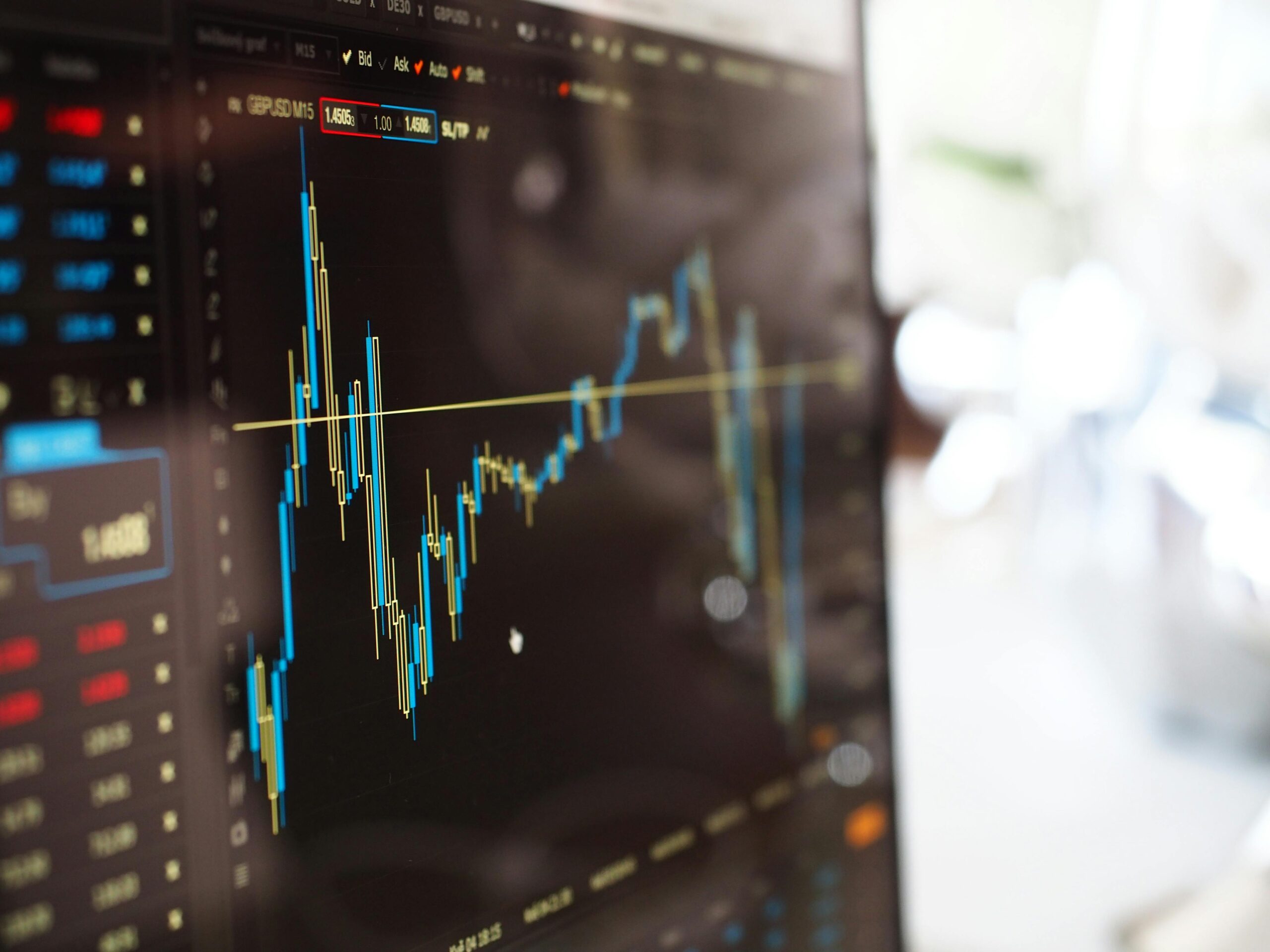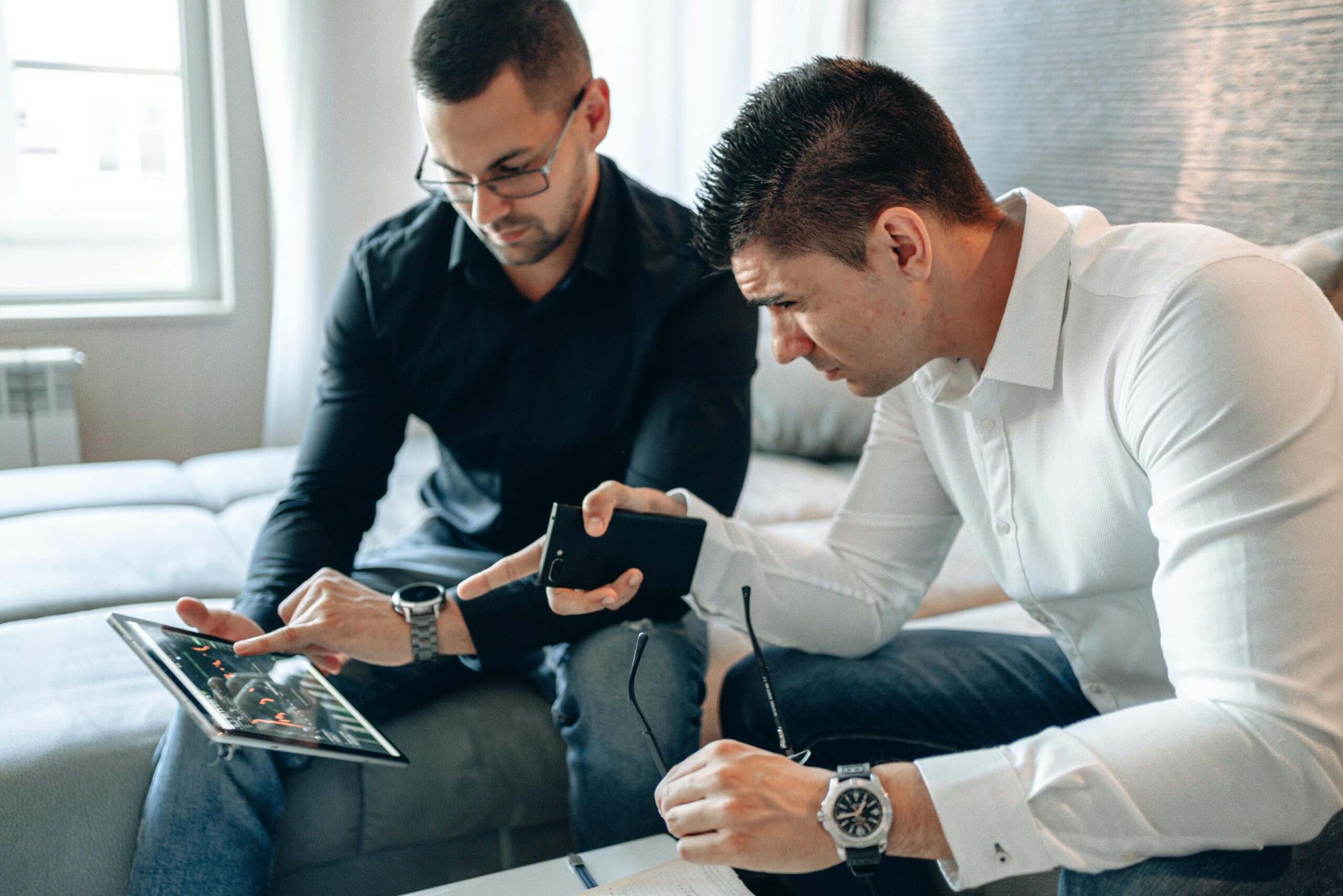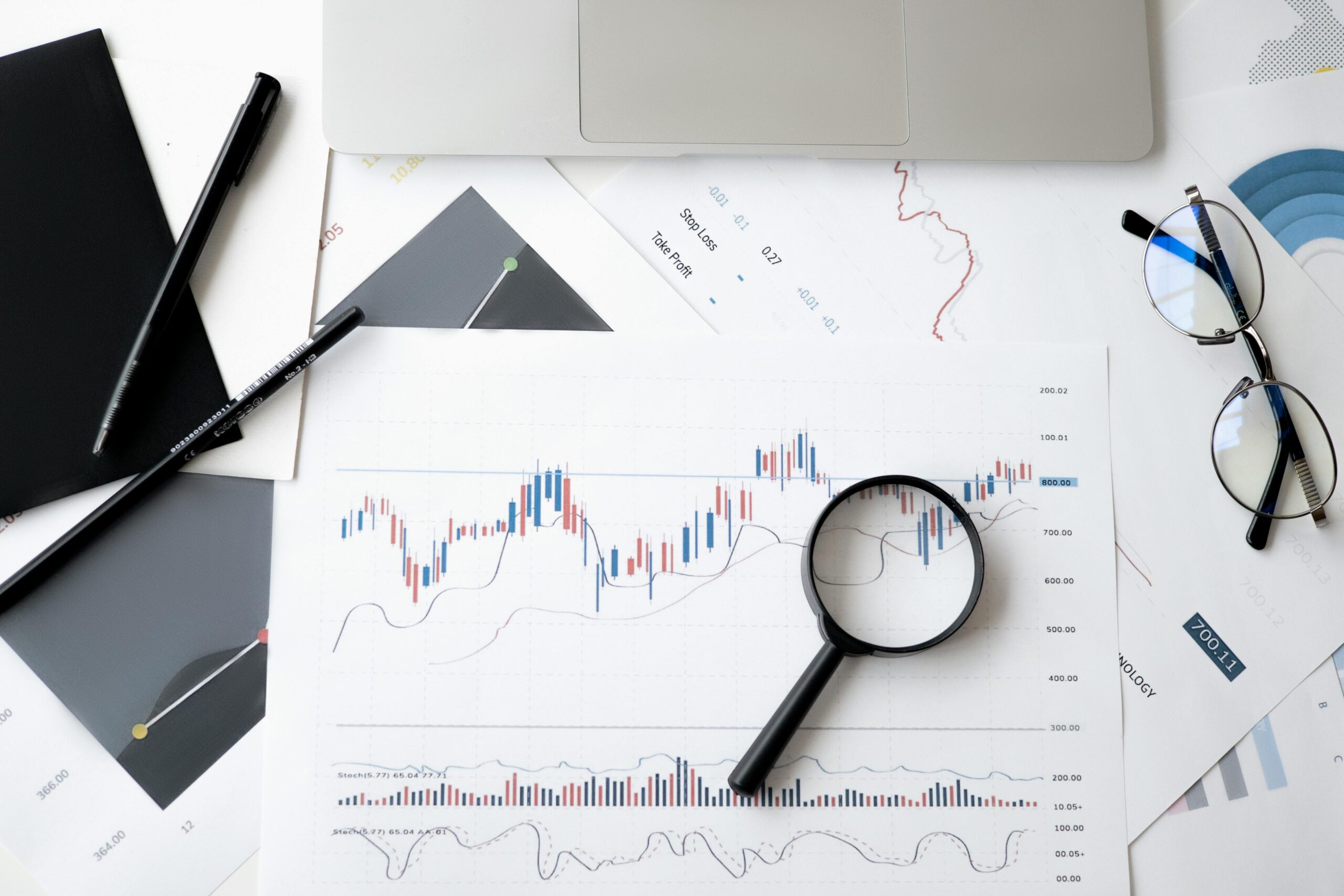The allure of forex trading is undeniable: work from anywhere, 24/5 markets, and the tantalizing promise of financial freedom. But behind the Instagram ads of luxury cars and beachside laptops lies a brutal reality—70-80% of forex traders lose money, often within their first year. Why? It’s not bad luck. It’s a toxic cocktail of psychology, misinformation, and self-sabotage.
In this no-BS guide, we’ll dissect the real reasons traders crash and burn, share hard-won lessons from seasoned pros, and give you actionable strategies to join the 20% who thrive. Spoiler: It’s less about “secret strategies” and more about rewiring your brain.
The Forex Graveyard: 7 Harsh Reasons Traders Fail

1. “Get Rich Quick” Brain Rot
The Myth: “Double your account in 30 days with this one trick!”
The Reality: Forex isn’t a casino—it’s a marathon.
New traders chase 100% monthly returns, lured by YouTube gurus selling fairy tales. They overleverage (100:1, anyone?), ignore risk management, and blow accounts chasing losses.
Fix It:
- Adopt the 2% Rule: Never risk more than 2% of your capital on a single trade.
- Think in years, not days. Even Warren Buffett averages 20% annual returns.
2. Trading Without a Plan (Like Driving Blindfolded)
The Horror Story: Steve, a part-time trader, opens positions based on “gut feelings” and Reddit tips. He wins 3 trades in a row, gets cocky, then loses 50% of his account in one volatile session.
The Fix:
- Build a Trading Plan: Define your strategy (scalping, swing, position), entry/exit rules, and risk tolerance.
- Use tools like TradingView to backtest strategies against historical data.
3. Emotional Whiplash: Fear, Greed, and FOMO
The Science: When money’s on the line, your brain’s amygdala (the “panic button”) hijacks logic. Fear makes you close winning trades too early. Greed turns 5% gains into 10% losses.
The Fix:
- Automate trades with forex bots (like MetaTrader EAs) to remove emotion.
- Practice mindfulness—pause and breathe before clicking “BUY.”
4. Analysis Paralysis
The Trap: New traders drown in conflicting signals—Fibonacci retracements, RSI divergences, MACD crossovers. They tweak strategies daily, never sticking to one long enough to see results.
The Fix:
- Master ONE strategy. Example: Price action + support/resistance.
- Simplify your toolkit. As pro trader Nial Fuller says: “The market only does three things: up, down, sideways.”
5. Ignoring the “Boring” Stuff: Risk Management
The Stats: 90% of failed traders don’t use stop-loss orders.
The Fix:
- Always set a stop-loss and take-profit.
- Calculate position size with a lot size calculator (like BabyPips’ tool).
6. Falling for Scams and “Holy Grail” Systems
The Red Flags:
- “Guaranteed 80% win rate!”
- No verified track record.
- Guru charges $5,000 for a “secret Discord group.”
The Fix:
- Verify brokers on ** regulatory sites** (e.g., FCA, ASIC).
- Stick to trusted educational resources (Babypips, Investopedia).
7. Trading Without a “Why”
The Wake-Up Call: Why are you trading? If it’s “to quit my job tomorrow,” you’ll make reckless decisions.
The Fix:
- Define your purpose: “Build a 10% monthly income stream” or “Learn markets to invest long-term.”
- Journal your goals and progress daily.
How to Succeed: 5 Habits of the 20% Who Profit

1. Treat Trading Like a Business (Because It Is)
- Track every trade in a spreadsheet (entry, exit, profit, lessons).
- Deduct “salaries” from profits—don’t reinvest everything.
2. Master Risk/Reward Ratles
- Aim for 1:3 risk/reward ratios. Example: Risk 100tomake100tomake300.
- Even with a 40% win rate, you’ll profit long-term.
3. Learn From Losses (Not Wins)
- Review losing trades: Was it strategy failure or emotional error?
- Join communities like Forex Factory to share post-mortems.
4. Invest in Education, Not Signals
- Free Resources: Babypips’ “School of Pipsology.”
- Paid Courses: Anton Kreil’s Professional Trading Masterclass.
5. Specialize in ONE Currency Pair
- Each pair (e.g., EUR/USD) has unique volatility and patterns.
- Study its “personality” like you’d study a spouse.
The Psychology Playbook: Rewire Your Brain

- Cognitive Bias Fixes:
- Confirmation Bias: Actively seek data that contradicts your trade thesis.
- Survivorship Bias: Remember—failed traders don’t post on Instagram.
Tools to Stack the Odds in Your Favor
- Economic Calendars (Forex Factory): Track high-impact news.
- Trading Journals (TraderSync): Analyze performance.
- Sentiment Analysis (MetaTrader Supreme Edition): Gauge market mood.
The Dark Truth No One Talks About

Forex isn’t for everyone. If you’re prone to addiction, impatience, or can’t handle uncertainty, consider index funds. But if you’re willing to grind, stay humble, and learn from failure, the rewards are life-changing.
FAQs
Q: How much money do I need to start forex trading?
A: Start with 500–500–1,000 (micro lots) to practice risk management.
Q: Can I trade forex part-time?
A: Yes! Swing trading or position trading suits 9–5 workers.
Q: Is forex trading gambling?
A: Only if you treat it that way. Pros use discipline, not luck.
Final Word: The Road to Success Starts Here
The forex market doesn’t care about your dreams—but it rewards respect, patience, and adaptability. Ditch the get-rich-quick fantasies, build a bulletproof process, and remember: Every losing trade is tuition for your future success.





